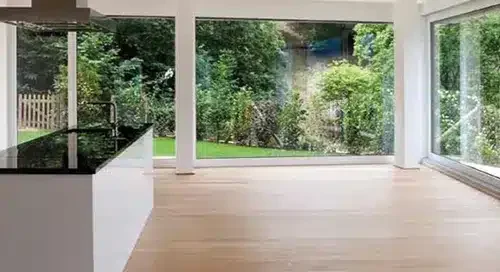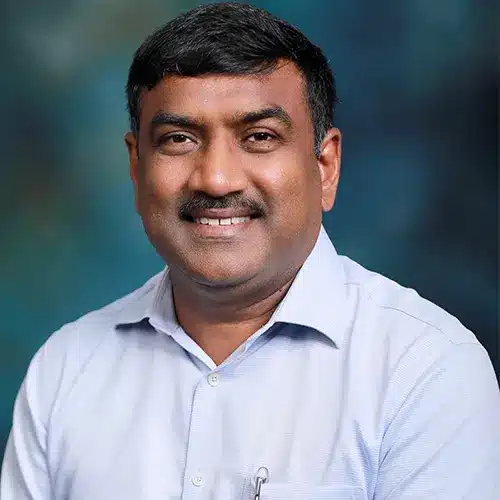In a conversation with Ar. Pramod Jain Founder, Creative Architects and Interiors (CAI), Chennai, he talks about his architectural practice CAI, their approach to the design process, sustainable façade and fenestration design trends, his favourite and most challenging projects and much more. Here are the excerpts
Could you tell us about your educational background, career, and architectural experience?
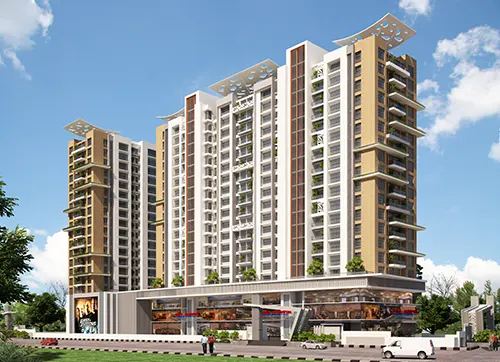
I have always been interested in details and design. Every aspect of planning, curating, and designing fascinated me – particularly the intricacy of seeing a project from concept to execution. However, I’m more drawn to behind the-scenes organisation and planning – the efficiency, the organisation, and the economics of architecture and design. The drive for technical skills led me to pursue a degree in PGPCM from NICMAR in Pune. I lived in Mumbai before moving to Chennai and setting up CAI (Creative Architects and Interiors).
I apply everything I learned from Pune and Mumbai to my practice. My years in Mumbai with the architectural community taught me about work ethic and the pace with which the architecture and design community operates. This exposure to technical knowledge was significant in running architectural practices. Now, with over 27 years of operational skills and over a thousand completed projects, I keep myself updated about new trends and practices to adapt to any new challenges or projects.
Tell us about some turning Points in your design career.
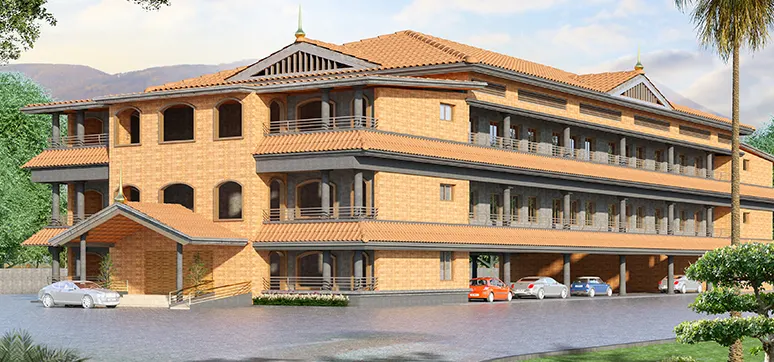
Moving to Chennai was a huge turning point in my career – catering to a new environment and solving design problems with a completely different ideology helped me grow and learn. It was a new environment with different climatic conditions and a set of new and different challenges. But, moving to Chennai has changed my perspective and helped me take the reins in the management side of architecture.

I was always fascinated with the effort behind the scenes – management and planning. In large-scale projects and residential developments, I visualise the master plan as well as the smaller and finer details of the design. Architectural details and their complexities are something that fascinates me. This approach to various design anomalies sets CAI (Creative Architects and Interiors) apart from its competitors. I follow the mantra of ease of maintenance, respect for proportion, and aesthetic sensibilities. I’m driven by collaboration, innovation, and policy compliance; meaningful, insightful, and impactful built forms become significant.
What type of projects do Creative Architects & Interiors (CAI) specialise in? What type of services do you offer to your clients?
CAI is a Chennai-based multi-disciplinary firm focusing on architecture, interior, and project management. We cater to a wide range of services – residential bungalows, mass housing, hospitality, commercial, healthcare, institutional, cultural, and religious architecture. Our expertise lies in residential developments and integrated townships.
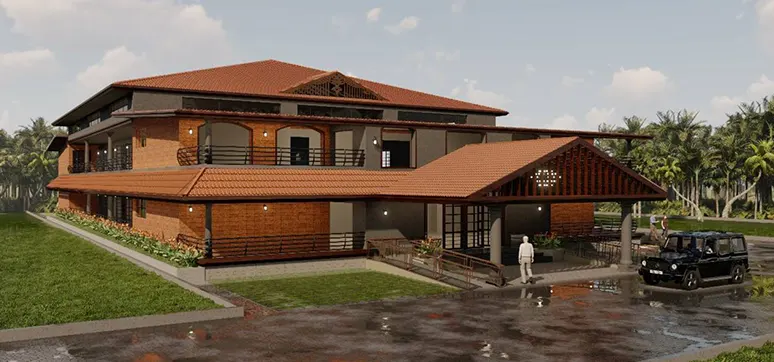
As a stalwart in large-scale design projects for public and private sectors, we have catered to India’s central and state governments. The firm has successfully delivered over 1000 projects to date across the nation. An evident sign of conscious, cohesive, and cognizant planning, CAI incorporates creativity, contextuality, functional excellence, building economics, energy efficiency, and ease of maintenance in all their projects. It focuses on value addition through built form, essentially aiding human-centred design.
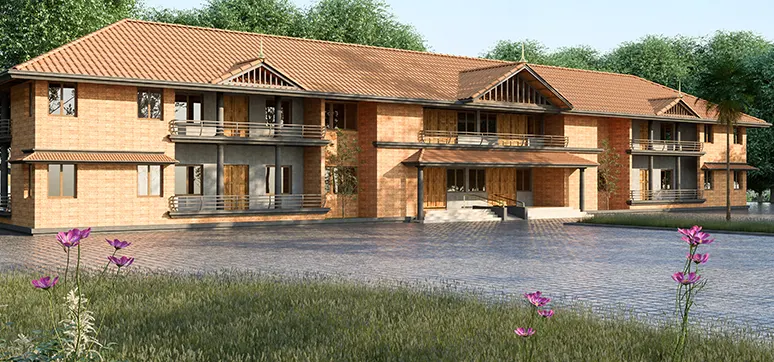
What is your take on sustainable practice in architecture today?
Sustainability is crucial in architecture. At CAI, we recognise a physical space’s impact on one’s well-being and imbibe human-centric design as an intrinsic value. We take cognizance of the climate and cultural context, cohesively integrating sustainability into its strategies. In doing so, we let vernacular materials shine, contributing to a larger picture of a more sustainable world. We abide by the simple mantra, the three cornerstones of designing at CAI – ease of maintenance, respect for proportion, and aesthetic sensibilities. When these cornerstones are addressed in line with climatic and energy concerns, sustainability becomes a default outcome. This is prominent in our ongoing project – Midway Shelters for Sabarimala Pilgrims, where we use vernacular materials and design.
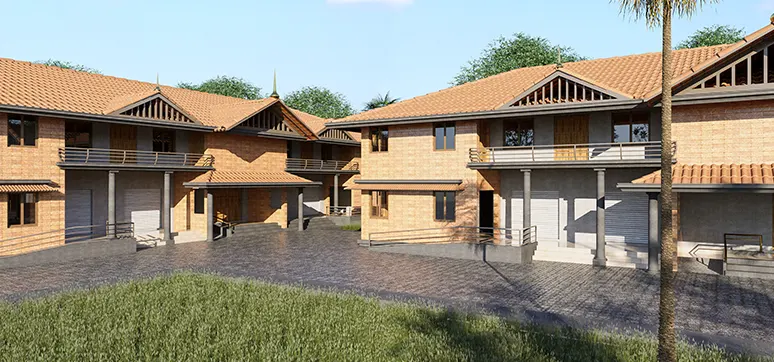
The buildings we designed are simple, functional, and responsive to the local climate. Traditional Kerala architecture style with sloping roof act as an identity for Kerala while also being responsive to the local climate. Mangalore tiles and laterite stone cladding in the elevation are used for passive cooling, and proper daylighting and cross-ventilation are ensured. The midway shelters fulfil a humble cause and serve the public at large while providing a rejuvenating experience for the pilgrims in the lap of nature.
How would you define your design process for façades and fenestrations in your projects?
Façades need to go beyond just aesthetics. They are an essential aspect of the overall design of a building. An ideal façade to me would be one that incorporates a composite approach to materials rather than a monolithic one, which would ensure the building breathes and is porous. A well-thought-out façade fundamentally provides natural light into the interiors while adding a unique design element to the façade.
The design must be subtle – the first glimpse of a building is the façade itself. As more people shift away from standard building structures and toward a sustainable yet practical design approach, building façades will likely become an integral part of the design processes. At CAI, we fundamentally design façades with character and personality while creating modern approaches that lead to exploring newer façade materials, techniques, and exterior installations.
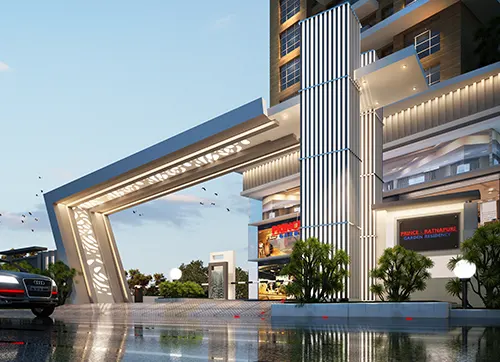
Please talk about some of your most preferred façade materials.
Façades are used in architecture to enhance the overall design and efficiency of the building. With sustainability and climate-conscious design becoming essential to design features in architecture, we are moving towards being carbon neutral. It is essential to explore innovative solutions with renewable energy and aim to achieve the climate ambition of net zero carbon emissions. India, in particular, has various vernacular materials with sustainable qualities – integrating these traditional materials with modern methods is one way to achieve a climate-conscious design with modern aesthetics.
This is why my preferred materials are natural stones like granite, marble, and sandstone. Depending on the requirement of the projects, we use high-performance glazing when needed and Zinc, HPL, or Techlam panels for wall cladding. In the case of louvers or jaali work, we mostly use aluminium or clay.
Could you please brief me on the latest trends in façade and fenestration designs and technologies?
The latest trend in façade technology is the use of kinetic mechanisms and façades that intelligently sense the heat radiation from the sun and climate-changing according to indoor requirements. Artificial Intelligence uses different materials as sliding or retractable layers, manually changing them according to the requirement.
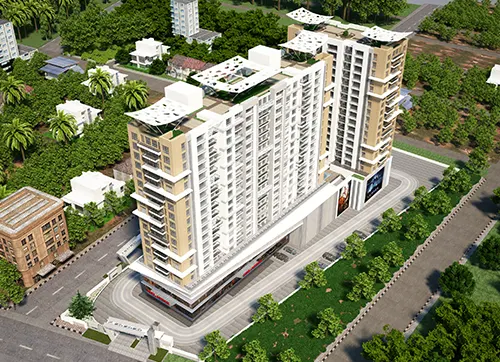
Architecture has been around for a long time – trends keep changing, being favoured one day and onto another the next. But we must keep in mind that at the end of the day – using new technologies in façades must elevate the user experience. The local context and the people are what need to be the primary focus in architectural design. Please throw some light on a few of your favourite projects.
One of our recently completed projects – SIS Queenstown, is a residential township in Guduvanchery, near Chennai brings together the concepts of comfortable living and luxury. We’ve built the township with classical European architectural elements centred on a people-first approach. The township offers its residents an improved quality of life with a focus on creating a comfortable micro-climate. Various active and passive design strategies come together to create an energy-efficient, sustainable township. With European architectural elements reminiscent of the classical era, the project takes a sustainable approach to elevate the urban living experience. This cohesive design makes it one of my favourite projects.
Tell us about some of your most challenging projects.
The best designs come from the most challenging projects. One of our recent projects – Prince Ratnapuri, a mixed-use project with residential and allotted commercial spaces, was quite challenging due to the site location. The site was a corner plot with two main roads intersecting at the edge, posing a challenge for the access and movement patterns. We addressed this by having strategic entries and multiple access points while also segregating the residence and commercial areas. Along with these movement patterns, we also addressed Chennai’s hot and humid climate with sustainability and passive cooling. We designed the balconies staggered with self-shading properties ensuring green spaces in an urban environment – and successfully integrated the people, nature, and architecture seamlessly.
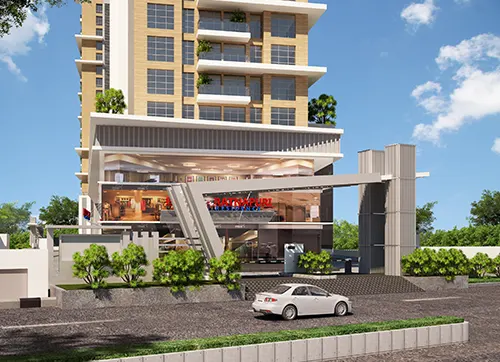
What is your signature on your projects? What are you paying attention to make your projects unique?
It’s about being cohesive, cognitive, and conscious. The seamless combination of these three aspects makes our firm CAI different from the rest. We focus on the details in every aspect of the project – the larger and the intricate, to ensure the design is cohesive. Every aspect of the design process is detailed, from collaborations to policy compliance and master plans to detail. We can innovate successfully by defining powerful, insightful, and high-quality work due to our focus on the details in every aspect.
What is your idea for the façades of the future? What features would you like to see in future façades?
Sustainability trends must inevitably be impacting consumer and commercial choices, making the ability to produce on-site renewable energy a foreseeable mandate in the developmental, investment, and real estate industries. The introduction of on-site renewable energy that will be generated within the building, the ability to produce on-site renewable energy, and increased reliability and stability toward energy efficiency can compel architects, designers, and clients to future-proof buildings and ensure sustainability towards a carbon-neutral city.
Façades of the future should be made highly efficient by designing them according to the requirement. Energy modelling can be used as a very valuable source to design highly efficient façades suiting the cost, climatic conditions, and required parameters. Further, kinetic façades can be fitted with high-performance glazing or HPL panel components, thereby increasing efficiency and innovation.
What is your advice to young and upcoming architects?
Pay attention to the details – big or small. We often look at architecture in the broader sense and with a larger impact or influence, but smaller details can elevate the architecture, ensuring the building looks more cohesive. We must begin to tie up the larger social cause with the finer architectural details. I encourage the younger generation to learn the various energy modelling methods available to make informed design decisions that make efficient and sustainable buildings.
